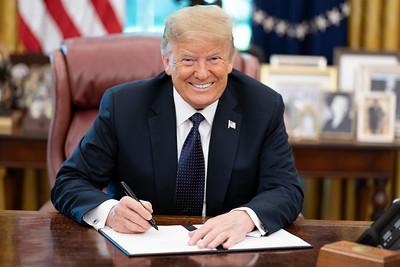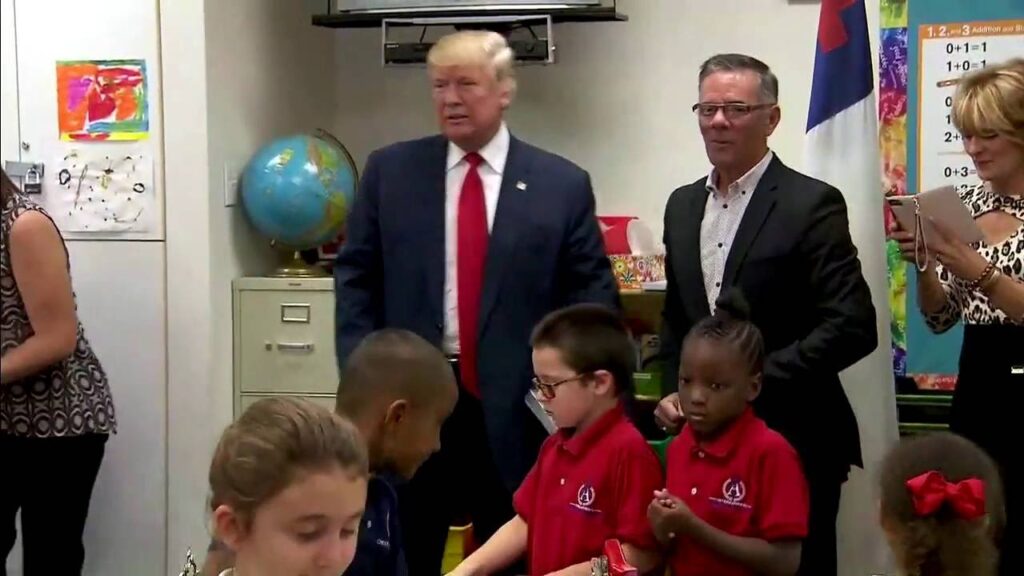WASHINGTON (CIVITAS) — The ongoing threat of a government shutdown has resurfaced in Washington as lawmakers struggle to agree on funding measures. Currently, the likelihood of a last-minute compromise appears dim.
Republicans have introduced a short-term funding bill aimed at covering government operations until November 21, but Democrats have expressed strong objections, demanding that the legislation address significant healthcare issues, particularly the reversal of Medicaid cuts from a major spending bill passed earlier this summer and an extension of tax credits under the Affordable Care Act that help lower health insurance costs for many families. Republican leaders argue these demands are unacceptable.
With both sides firmly entrenched in their positions, and the House not scheduled to convene before a potential shutdown, the situation seems increasingly precarious.
Understanding the Shutdown Process
A government shutdown occurs when funding lapses, requiring agencies to halt operations and furlough non-essential employees. Essential personnel who protect life and property remain on duty but will not receive pay until the shutdown concludes.
For context, during the notable 35-day partial shutdown in Trump's first term, approximately 340,000 of the federal workforce were furloughed, leaving only essential staff to continue operations.
Essential Services During a Shutdown
It's important to note that a substantial amount of government work continues even in a shutdown scenario. Key services such as air traffic control, FBI investigations, and military operations will not be interrupted. Programs funded through mandatory spending, including Social Security and Medicare, will also function normally, allowing payments and services to occur without disruption.
Compensation for Furloughed Workers
Furloughed workers are guaranteed back pay once the government reopens, although Congress must approve this repayment, a process that has been established historically. However, many may experience financial strain as they may miss paychecks during the shutdown.
Impact on Mail Services
Unlike many federal services, the U.S. Postal Service will remain unaffected by a government shutdown, as it operates independently through its revenue.
Closure of Non-Essential Services
Each federal agency has the discretion to determine the specific services that will be halted during a shutdown. The past two administrations have faced significant challenges in managing the impacts of shutdowns, often leading to operational adjustments and, at times, legal controversies.
Moreover, recent communications from the White House's Office of Management and Budget indicate that drastic measures are being considered, including possible mass firings among federal employees. This would be a more severe approach than seen in previous shutdowns, where workers could return to their roles after funding was restored.
Historical Context of Shutdowns
The current landscape draws from extensive experience with past shutdowns, including strategic plans from various departments detailing how services would be affected. These plans emphasize the reliance of many sectors on government functions and how prolonged delays could lead to widespread disruptions that disproportionately affect vulnerable populations.
As Washington grapples with this potential crisis, it remains to be seen how lawmakers will navigate the complexities of budget negotiations and the wider implications for the American public.

















